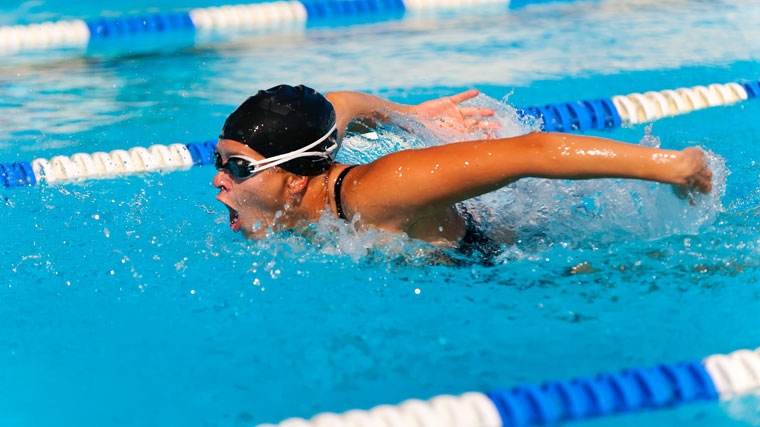Don't Get Sidelined By Overuse Injuries

Answer a few questions and we'll provide you with a list of primary care providers that best fit your needs.
Putting repeated stress on your bones, muscles, ligaments or tendons can cause overuse injuries.
Some of these injuries are the result of errors in training, says Jeffrey James, DO. “We see athletes who are involved in multiple sports which require repetitive activities and they aren’t giving themselves adequate time to rest. Your body can’t recover and that can lead to overuse injuries,” he says. “Other times we see athletes who get involved in activities too quickly. Their body isn’t ready. For example, runners need to gradually build their mileage. But some runners just try and run two or three miles and end up with stress fractures or other injuries because their body isn’t used to it.”
Some injuries are the result of poor technique, Dr. James adds. “Maybe you’re swinging a bat or golf club and your body has muscular imbalances or you’re doing it wrong. This can lead to an injury.”
Non-athletes or “weekend warriors” who exercise without being involved in a sport often push themselves and end up with overuse injuries. IT band syndrome is often seen in older adults who, due to degenerative changes in their anatomy, are more at risk for overuse injuries.
How Are Overuse Injuries Diagnosed?
Dr. James explains:
Click play to watch the video or read video transcript.
How Are Overuse Injuries Treated?
Dr. James describes common treatment protocol for overuse injuries, from immobilization and rest, to injections.
Click play to watch the video or read video transcript.
After being treated by a sports medicine physician, you likely will be asked to undergo rehabilitation. Rehab can include more stretching and strengthening type exercises with the goal to get you safely back in the game.
Regardless of the location of your injury, during rehab, activity is decreased until your pain goes away. Then activity is slowly increased day by day. Activity may vary. “For a lower leg injury, we might walk for 15 minutes one day,” says athletic trainer Justin Perkins. “The next day we might bike, or use the elliptical.”
The AlterG Antigravity Treadmill is one of numerous tools available for rehabilitation of lower extremity injuries. The treadmill suspends the athlete during their workout, allowing for a decrease in bodyweight on that injured area, Perkins explains. It enables athletes to “continue running without the pounding of their body weight on their injured area,” he says.
The amount of time devoted to rehab will gradually be increased each day until you are capable of returning to your sport with no pain.
Answer a few questions and we'll provide you with a list of primary care providers that best fit your needs.
Source: Jeffrey James DO, Premier Orthopedics; Justin Perkins AT







